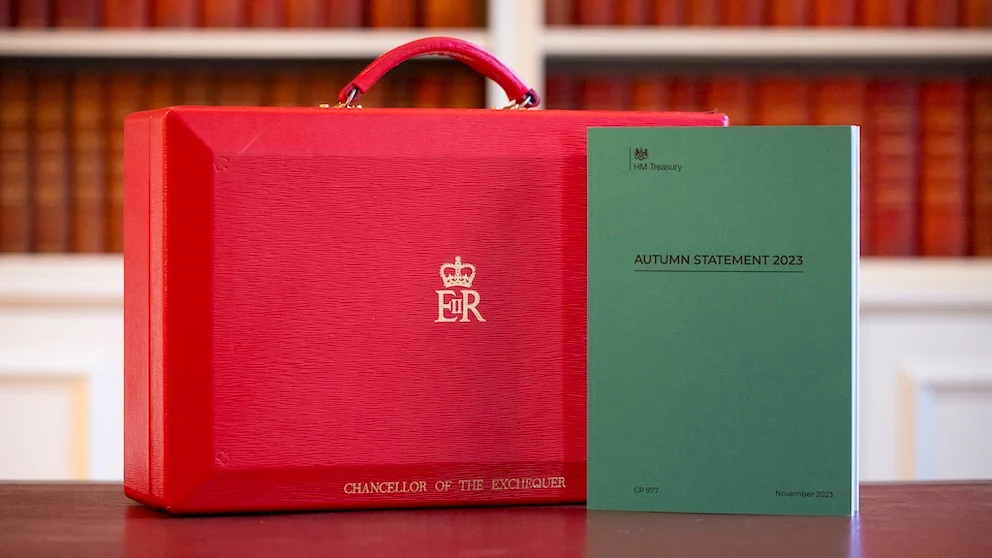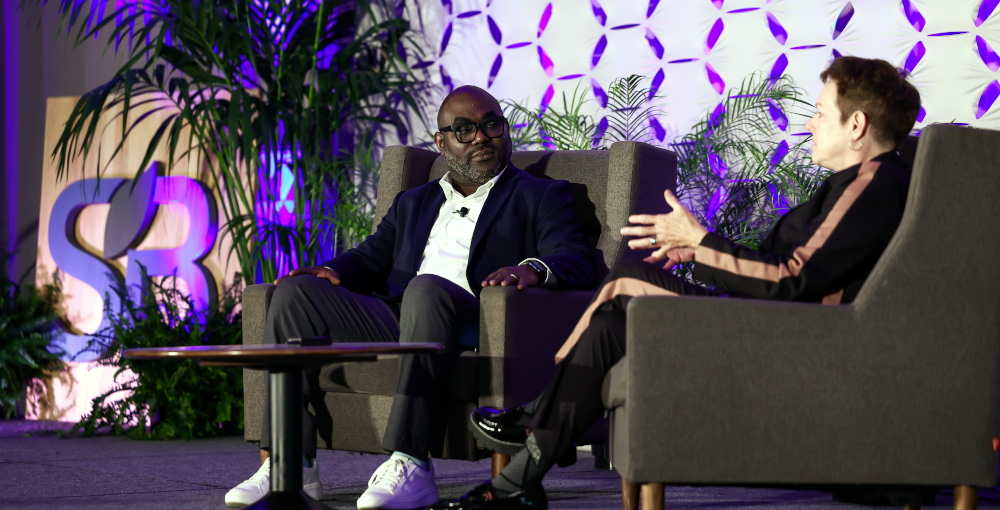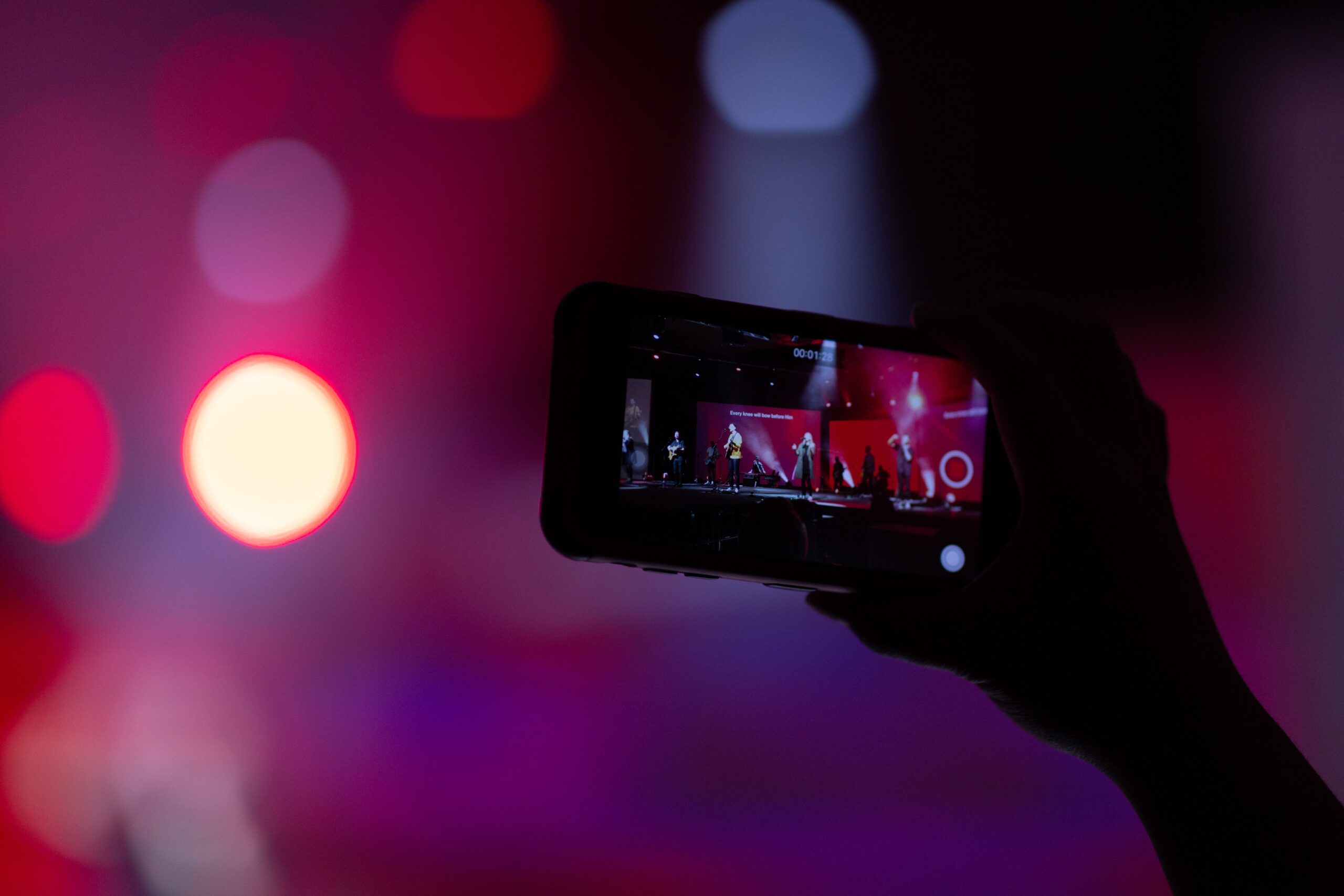To officially celebrate our new Omnicom Toronto Hub offices, we hosted an industry panel discussion to explore how leading marketers and communicators are building their brands and engaging audiences at a time when the media environment is volatile and consumers, influencers, and other stakeholders have enormous power to drive dialogues and change perceptions of brands.
Nikhil Ondhia, CMO, Mercedes-Benz Canada, Lindsey Tracey, Head of Industry, TikTok, and Sandy Skees, Global Purpose and Impact Lead, Porter Novelli, brought their perspectives on how brands are behaving to stay authentic, how social media channels are changing audience engagement, and what marketers must consider moving forward to promote and protect the brands they serve. Below are a few key takeaways from the discussion.
Meaningful audience engagement
The days of brands using mass media to tell what audience to believe have changed. Consumers are discerning and are quick to judge what brands are promising and how they are behaving. The best control brands can have is how they deliver on the customer experience, as Ondhia notes. From the quality of the products and services to every customer interaction touch point, these moments collectively build the perception of a brand.
The use of scrappy, humorous content is another way many audiences appreciate, Tracy suggests. She pointed out KFC and Walmart as two successful examples of how by allowing some appropriate fun in their brand content, both brands have won the engagement of their audiences.
Demonstrating authenticity amid transformation
Many industries are experiencing tectonic changes that press them to redefine their value proposition. The automobile industry is one example. As car manufacturers are retuning their business to embrace an all-electric future, they are also bringing their customers on a journey to change their driving experience. For Mercedes-Benz, Ondhia explains that the principles of delivering as a luxury brand still apply but consumers’ expectations of luxury have changed and brands have to listen and respond accordingly.
Skees adds that authenticity also comes from how brands live up to their own value proposition. For example, for many consumer packaged goods brands, delivering quality products is only a baseline. What they also have to do more now is how they are contributing to the communities they do business or the changes they have caused to the environment. Embracing that responsibility is what authentic brands do and what consumers demand.
Priorities for marketers today
For Ondhia, the most important priority for a brand to stay strong is to stay consistent in delivering the customer experience he described. Tracey encourages brands and influencers to work together to study the medium they choose to engage their audiences. For a platform such as TikTok when the average user spends up to 90 minutes a day consuming content, their feedback is the best market research one can imagine. Sandy concludes by pointing out the power of marketers and communicators to change the dialogues. If we can change the dialogue, real progress can begin.

















